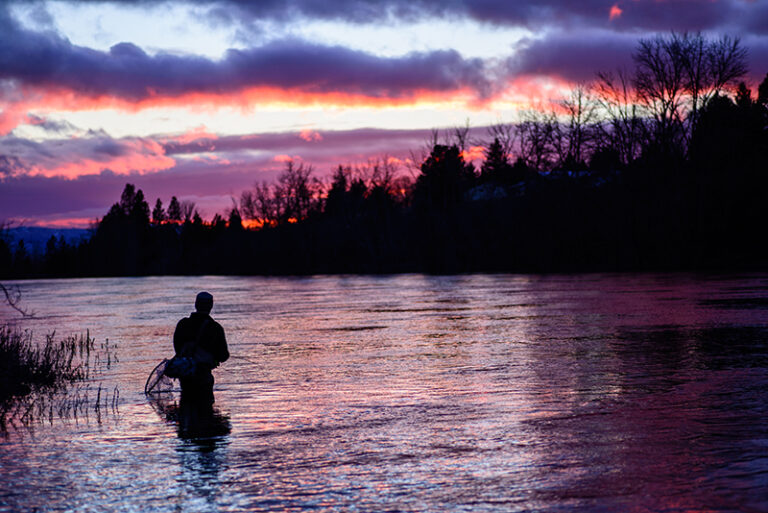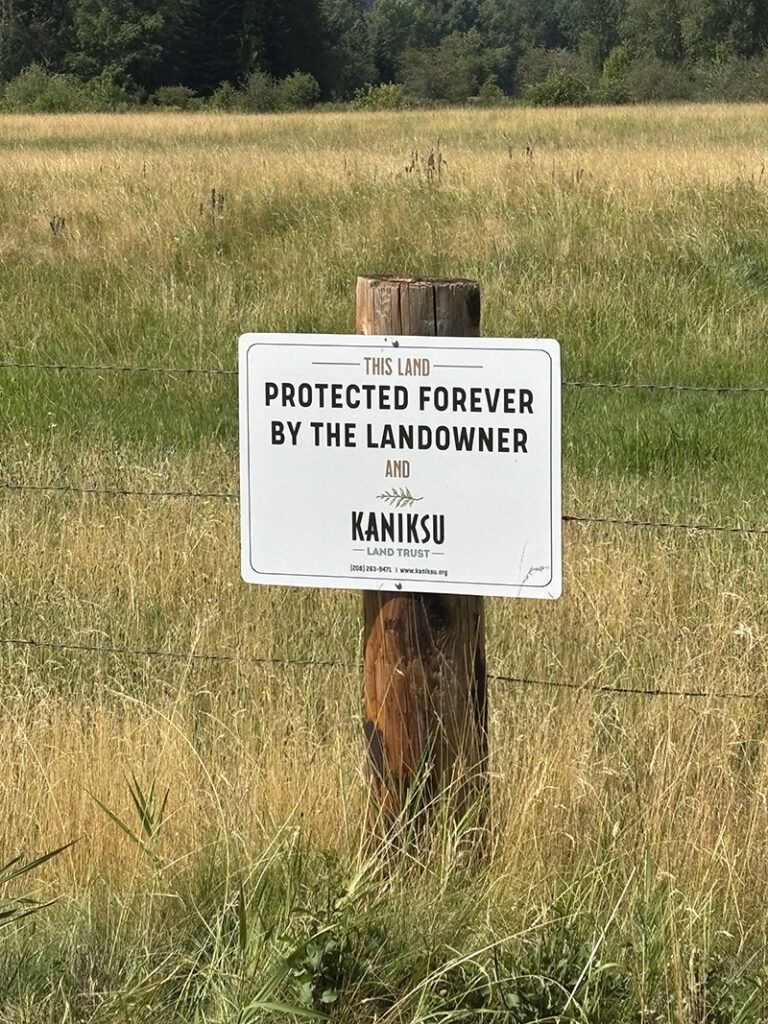The plan was sound: a short weekend backpack trip within three hours’ drive of home, orchestrated to coincide with the full moon. The only potential drawback? It was the middle of winter. It is no wonder, then, that those who initially expressed an interest later called to cancel. Eventually, I was the only one who thought a winter backpack trip was a good idea.
I learned a long time ago that if I really wanted to do something, I needed to be prepared to go it alone. Sure, there are people who do more adventurous things than a mid-winter backpack trip. I just don’t know enough of them to be assured of a tent mate when I want to venture out. I suppose that most people’s idea of a nice relaxing winter evening is more apt to include a comfortable couch in front of a fireplace. I shouldn’t be surprised that I didn’t get any takers for a Saturday night spent inside a tent staked on a snow drift in the middle of nowhere.
However, the middle of nowhere can be beautiful, especially this particular version of it.
My destination was Columbia Mountain. Located in northeast Washington’s Kettle River Range, the mountain is home to a historic 1914 lookout cabin, and I was set on seeing the way the cabin would look beneath the light of the full moon.
Almost everything about the first two miles of my hike was as I expected it to be. As the trail contoured west along the flank of the mountain, I could see the eastern-most portion of the Cascade Range in the distance. As the sun sank, the entire mountainside was bathed in a golden light. What I had failed to expect was the fact that no one had been up the mountain since before the last snowstorm. The wind-driven, hard packed snow eventually gave way to deep powder. Even with my snowshoes, I began to flounder.
However, my crisis of self-doubt had more to do with the dark. Just after the sun sank below the horizon, I entered a wooded section of trail. I was making steady progress, but it wasn’t my summer three-miles-an-hour pace; it was my hauling-a-forty-pound-pack-uphill-on-snowshoes-over-snowdrifts pace. I had fully intended to watch the sunset from the summit, tent already pitched and dinner simmering on the stove. Instead, I knew that I was at least two miles from the top, and it was already dark. Then I reached a portion of trail blocked by a snarl of downed trees, and I had no idea how far the downfall extended. My already slow pace became a crawl as I worked to navigate the trees without catching a snowshoe on a limb or losing my balance as I clambered over a log.
I thought about retreating to the car and sleeping in the parking lot, but rejected that as too humiliating even if I never spoke of it. I thought about setting up the tent where I stood, but the location was too depressing. I tried to remind myself of the reward at the top: the cabin, the full moon, the stars. Even that wasn’t working. The voice in my head was telling me that I could be at home looking at nice winter scenes on my computer screen.
Fortunately, I’m well-versed at telling the voice in my head to shut up. As is generally the case when the voice says something is impossible, it was exaggerating the difficulty of the remaining hike.
While I did miss the sunset from the summit, I was just in time for moonrise. Not that I had time to enjoy it so soon after reaching the peak. Admiring the view before securing shelter and changing into dry clothes is the luxury of a summertime backpack trip.
Hypothermia, frostbite, potential for injury, fear of the dark. Sometimes I have trouble sorting out exactly why I enjoy this type of trip. While I like the personal challenge aspect of self versus distance, plus the mind over matter (over mind) internal battle of pushing myself through exhaustion, that’s not enough. Otherwise I’d stick entirely to running road races, which offers a similar challenge followed almost immediately by the option of a hot shower.
The only thing I can think of that my Columbia solo trip gave me that other athletic endeavors could not was that hour-long window between dinner and the moment I was sure I would never again feel my fingers and toes. In that hour, I stared at the sky; I wandered the summit and examined the moon from different vantage points. On other trips in different locations, it was perhaps sunrise or sunset, or alpenglow, or wildlife. It’s whichever view of the world makes me step outside of my usual day-to-day existence, the list of tasks done and chores yet to do, and simply be in the moment. It’s the image I can still conjure in my head months later, and the calm it brings me.
On Columbia, for just that hour, I allowed myself to stand in awe of my surroundings. In the valley far below, I could see the lights of the houses that belonged to the people who were beneath the same sky and yet probably not seeing what I was seeing. On most nights, I too would be missing out. At least on this one night, for this one hour, I could be present.













